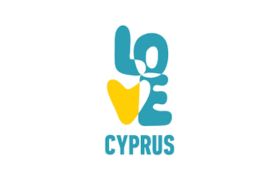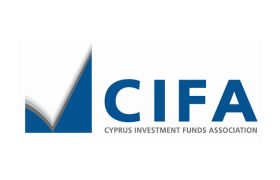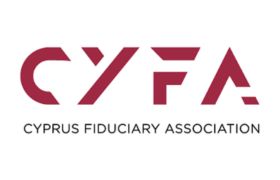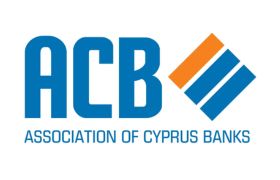“Over the medium term, the government aims at maintaining high primary surpluses, using windfall revenues to reduce debt or improve the cash position of the state thus locking in the benefits of overperformance, allowing debt-to-GDP to continue its downward path over 2020-22 at a satisfactory pace,” the finance ministry said in its Stability Programme 2019-2022, approved by the Council of Ministers last week and published on Thursday.
According to the ministry, the budget surplus is estimated to reach 3% of GDP this year and is projected to decline marginally to 2.6% in 2020 and 2.4% and 2.2% in 2021 and 2022 respectively. Primary surplus, (the balance excluding debt servicing expenditure) from an estimated 5.3% in 2019 is projected to decline to 4.8% in 2020 and stabilise at 4.4% and 4.1% of GDP in 2021 and 2022.
Cyprus’ public debt which spiked at €21.25 billion or 102.5% of GDP due to the bonds issued to facilitate the sale of the state-owned Cyprus Cooperative Bank to Hellenic Bank, amounting to €3.2 billion is estimated to decline to €20.7 billion or 95.7% of GDP in end-2019.
Over the programming period of 2020-2022, the debt-to-GDP ratio is projected to continue its downward trend declining to about 89.1%, 83% and 77.5% by year end 2020, 2021 and 2022, respectively, the finance ministry added.
On the banking sector, the ministry said the reduction of the non-performing exposures (NPEs) in the banking system remained a key priority, adding that NPEs could decline to 25% of total loans by the end of 2019 from 32% or €11.25 billion in the end of last year.
The new targets come after a sizable reduction of over €8 billion of NPEs in 2018 due to the sale of the CCB and the transfer of its NPEs, amounting to €5.7 billion in a state-owned asset management company and the sale of NPEs amounting to €2.7 billion by Bank of Cyprus to Apollo Fund.
For 2019, the ministry said NPEs for house purchasing and SME non-performing loans with primary residences pledged as collateral amounting to €3.4 billion, are eligible to participate in the “Estia” project which includes state subsidy for the one third of the repayment scheme, while the banks will participate by impairing the loans to the value of the collateral. Furtheremore, additional reductions are envisaged through the implementation of the strategic plans in cooperation with specialised service providers.
“Based on the above, it is feasible to achieve a reduction of NPEs stock in the banking sector down to 25% of total loans by end of 2019,” the ministry added.
According to the ministry’s data, the banking sector’s size (in terms of assets) declined below 300% of GDP, to 286% of GDP in the third quarter of 2018 from 352% of GDP in 2017 and 631% of GDP in 2012.
“The large decrease in the size of the banking sector in 2018 was mainly due to the legal transfer of €9 billion of CCB’s assets to the remaining residual entity called KEDIPES, which is state owned asset management company (thus outside the banking system) and the sale of a large loan portfolio of €2.8 billion (of which €2.7 billion are NPEs) by the Bank of Cyprus to Apollo fund,” the ministry said.
Source: Cyprus Mail













